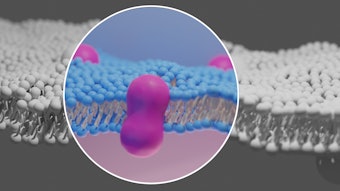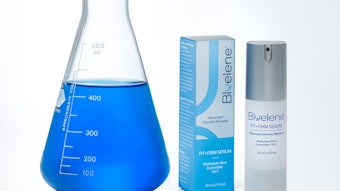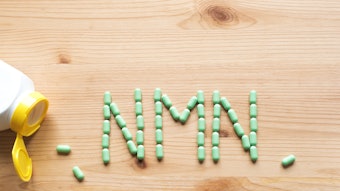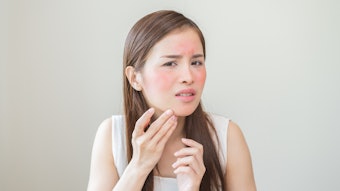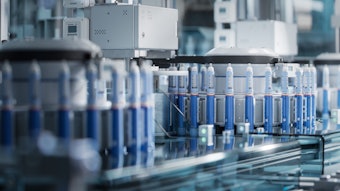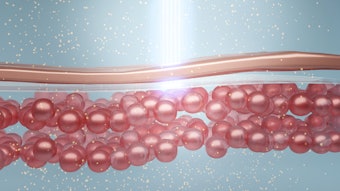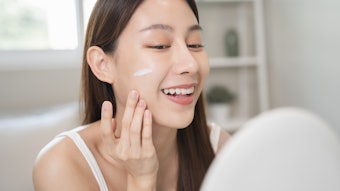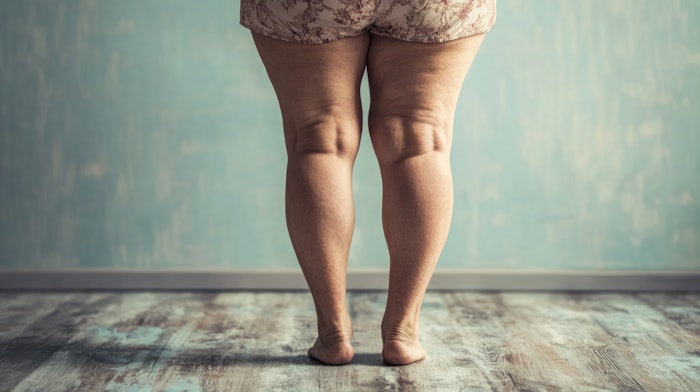
Minimally and non-invasive modalities have taken on a new role since the rise of GLP-1, addressing skin laxity and even introducing patients to aesthetics altogether. These devices are also seeing patients come in for relief of symptoms related to lipedema, unique in the way that it presents with disproportionate, resistant weight that defies traditional weight-loss tools, including GLP-1s and bariatric surgery.
This article is only available to registered users.
Log In to View the Full Article
Minimally and non-invasive modalities have taken on a new role since the rise of GLP-1, addressing skin laxity and even introducing patients to aesthetics altogether. These devices are also seeing patients come in for relief of symptoms related to lipedema, unique in the way that it presents with disproportionate, resistant weight that defies traditional weight-loss tools, including GLP-1s and bariatric surgery.
While these devices fall short here, liposuction, a cosmetic procedure, remains the condition's only primary effective treatment, surpassing medical regimen. This underscores a critical need for aesthetic clinicians—not just plastic surgeons—to recognize the signs of lipedema early as studies show most patients are misdiagnosed or diagnosed by non-surgical medical providers—initially turning to cosmetic interventions, hoping to fix what they mistake for stubborn fat or cellulite.
Tirzepatide Shows Promise, but Liposuction Remains the Gold Standard for Lipedema Relief
Studies show that pharmacological treatment options remain limited for lipedema, as unlike normal adipose tissue, lipedema is characterized by fibrotic, inflamed and stubborn fat cells that do not respond to caloric restriction, appetite-suppressing medications and even bariatric surgery [1]. Given recent advances in metabolic therapies, the 2025 study says tirzepatide—a dual GLP-1 and GIP receptor agonist—has emerged as a promising candidate for lipedema management [1].
Despite its potential benefits, however, tirzepatide has yet to be formally evaluated for this condition and limited evidence remains to support their use in lipedema [1]. Keeping in mind that lipedema resists medical regimens like exercise and diet and predominantly displays exclusively for women, aesthetics and cosmetics are often sought after to intervene. While certain devices and therapies for body contouring might challenge the diagnosis, liposuction remains a mainstay for effective relief.  While medications like tirzepatide show early promise, only liposuction has proven effective in removing lipedema fat and relieving symptoms when performed by experienced specialists.Courtesy of natbasil at Adobe Stock
While medications like tirzepatide show early promise, only liposuction has proven effective in removing lipedema fat and relieving symptoms when performed by experienced specialists.Courtesy of natbasil at Adobe Stock
Awareness Gap in Lipedema Diagnosis: Most Identified by Non-Surgeons, Survey Finds
Thomas Su, MD, a liposuction specialist and the founder of Artlipo in Tampa, Florida, explains that many patients exhibiting lipedema mistake the diagnosis for lifestyle-related fat, as the condition exhibits dimpled skin and excess weight, also found in individuals with natural cellulite. Early diagnosis and treatment are crucial when it comes to this disease, as it is progressive, yet it's most times misdiagnosed [2].
A 2019 Lipedema Foundation Registry Survey [3] found that participants had received a lipedema diagnosis primarily from non-surgeon medical doctors, and many also reported diagnoses by allied health professionals, with relatively few being diagnosed by multiple providers.
Looking at the data, less than a third of participants received a lipedema diagnosis from multiple health care professionals, with 59% reporting they had received a diagnosis from one or more health care professionals. Of these 328 cases, 63% had received a diagnosis from a non-surgeon medical doctor [3].
Liposuction Leads as the Most Effective Option for Lipedema, Studies and Surgeons Say—When Done Right
Su says, patients may undergo repeated ineffective treatments, such as minimally invasive ones like radiofrequency, if they are unaware they have lipedema—leading to exacerbated symptoms. This is why early detection among plastic surgeons and other aesthetic clinicians is crucial, especially since those with lipedema often receive a diagnosis from non-surgeon doctors, and often late into experiencing their condition, too.
“This allows the disease to progress, but inappropriate interventions can also worsen pain, increase swelling or even damage lymphatic pathways,” he says. “In this case, it raises the risk of developing secondary lymphedema.”
Liposuction uses suction to remove fat from specific areas of the body, such as the stomach, hips, thighs, buttocks, arms or neck and is often the recommended treatment to debulk, as there are no known solutions for this condition, says plastic surgeon Sean Doherty, MD. Liposuction does the trick in comparison to minimally invasive options because it circumferentially treats areas of the body one at a time.
This is favorable, given the fact that the condition presents itself unevenly and surgical intervention works against stubbornness. In 2023, studies reported that liposuction can significantly improve lipedema by permanently removing fat cells and may currently be the most evident and promising method in the treatment of lipedema [4].
“The principle remains the same: diseased fat must be removed circumferentially with care to remove fat as completely as possible,” Su says.
Doherty adds, “Liposuction can help the bothersome areas of fat to help with mobility and discomfort. Ideal candidates for liposuction have a BMI less than 35. Liposuction can also improve the aesthetics of the lower body when performed appropriately with the right expectations.”
Why Common Fat Treatments Fail Lipedema Patients—and What Offers Relief If Caught Early
 Lymphatic drainage, pneumatic compression devices and decongestive therapy do show promise in early detection and maintaining lipo results. Courtesy of petiast at Adobe Stock
Lymphatic drainage, pneumatic compression devices and decongestive therapy do show promise in early detection and maintaining lipo results. Courtesy of petiast at Adobe Stock
However, there is a threshold in which minimally invasive devices could help against symptoms—if caught early. Doherty says lymphatic drainage massage therapy, pneumatic compression devices and decongestive therapy with targeted massage and compression wraps do show promise in alleviating lipedema, but this is only the case when early recognition is involved.
“Early recognition allows for intervention before symptoms and complications worsen. Left untreated, lipedema can progress to advanced stages that severely impact mobility and quality of life,” Su says.
Once liposuction is performed, since there is a possibility for symptoms to return, minimally invasive options, like the ones Doherty mentioned earlier, offer proper upkeep of the work done, along with lifestyle changes. Unfortunately, this is a chronic condition, and these treatments, including liposuction, are directed towards symptom reduction. Everyone's surgical plan and results are different.
“Conservative treatments provide some temporary relief of symptoms but cannot eliminate the diseased fat. Proper treatment requires specialized liposuction that removes abnormal fat while protecting lymphatics. Patients then understand not only why they did not see results with other treatments, but also that there is an effective, long-term solution available to them.” Su says.
References:
1- https://www.journaljpri.com/index.php/JPRI/article/view/7664
2- https://pubmed.ncbi.nlm.nih.gov/30507813/
3-https://static1.squarespace.com/static/5775899ac534a5e813c050db/t/6290d2cd923a0156d8fcea1e/1653658317504/LF_First+Look+Registry+Report.pdf
4-https://pmc.ncbi.nlm.nih.gov/articles/PMC10379396/
